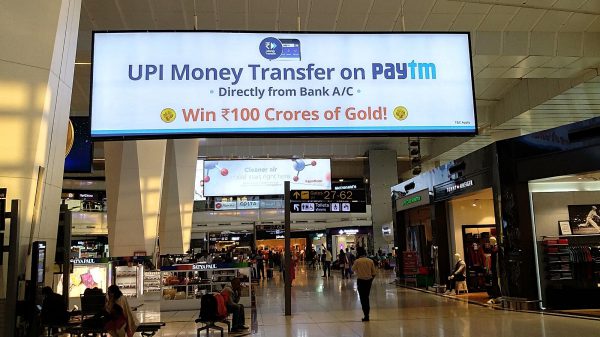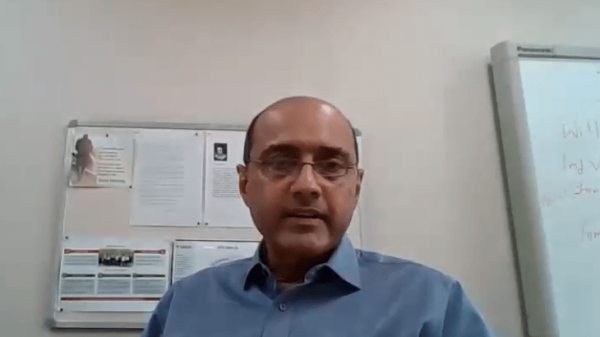Reliance Jio is constructing what it calls “the largest international submarine cable system centered on India,” the company announced on Monday. The telco major says it will work withe submarine cable supplier SubCom and other global partners to deploy two cable systems to support the growth in data demand across the region.
The India-Asia-Xpress (IAX) system will connect India eastbound to Singapore and beyond, while the India-Europe-Xpress (IEX) system will connect India westbound to the Middle East and Europe, the company said. “For the first time in the history of fiber optic submarine telecommunications, these systems place India at the center of the international network map, recognizing India’s increased importance, staggering growth, and the quantum shift in data use since the launch of Jio services in 2016,” Jio said.
More than 200Tbps of capacity will be carried by the systems when they go live in 2023–24, it said.
The IAX system connects India to Asia Pacific markets from Mumbai and Chennai to Thailand, Malaysia, and Singapore, at present. The IEX system will extend India’s connectivity to Italy, landing in Savona, and additional landings in the Middle East and North Africa. Apart from the connection of the IAX and IEX sub-sea systems, the two systems are also connected to the Reliance Jio Global Fiber Network beyond Asia Pacific and Europe, connecting to both the east and west coast of the United States.
Will this help Indian consumers?
Subsea connectivity is just one challenge in serving India’s data demand. Undersea cables tend to have really high bandwidth, and a dozen or so landing points at most, making them fairly straightforward to set up. Sudhir Kunder, Country Director, DE-CIX Interwire India, said that latency was the new currency in internet connectivity, and hoped that these cable systems will improve India’s standing on that front. DE-CIX runs internet exchange points in India, where ISPs and content providers peer and exchange traffic. On the challenges in connectivity that remained, Kunder cited “Unavailability of community networks to reach the unconnected, inaccessible areas in the country, complex regulations that don’t allow individual persons and NGOs to provide internet services to the community, [and] restriction on using TV white space spectrum to provide comprehensive and reliable internet connectivity.”
Also read














